Open Your Eyes, Lower Your Scores
When faced with a pitch or chip shot, most golfers go blind. More accurately, they go half blind. What aren’t they seeing? The world of opportunity that lies beyond the flag! In this lesson, I hope to open your eyes to the unseen green and help you lower your score.
This Lesson Is For You If:
You frequently miss the green with short game shots
You leave too many shots short of the green
What Most Golfers See
Standing over a short shot, the average golfer sees all the space between their ball and the flag…and nothing else. We can tell because, if their ball rolls past the cup, they react as if this was a totally unforeseeable possibility, like it’s about to fall off the edge of the Earth.
What Golfers Should See
The average golfer is allegedly a 14 handicap. This is obviously too low because many, if not most, golfers don’t keep a (honest) handicap. My point is that the average golfer should be very happy with a bogey. Thus, if you don’t hit the green in regulation, the only real sin is not making your next shot a putt.
This is where the invisible green comes in. If you’re looking at the flag as your target, and you’re afraid of going past the flag, you’ve got a recipe for a chunk that stays at your feet or a bladed wedge that actually does fall off into the abyss. Open up your vision and evaluate how much room there is past the flag. If you’re short sided, you might decide that you want to fly the ball to the cup and let it roll a bit. Remember, the only mistake is not getting on the green!
For the Better Players
If you’re a single digit handicap, perhaps your standards are a bit higher. That doesn’t mean this concept doesn’t have value for you as well. While you might not be happy with the ball landing anywhere on the green, you can still benefit from realizing that six feet past the cup is just as good as six feet short.
Also, don’t get so focused on the hole that you ignore the contours of the green. If you have a skillful wedge game, you should be thinking about whether being long of the flag actually leaves a better putt than being short.
See Your Approaches Differently, Too!
This concept can also be applied to your approach shots. Greens in regulation is the stat most closely correlated with score, so hitting greens is the key to cutting strokes. If you’re only seeing the green that’s between you and the flag, you’re missing a big part of the picture. Widen your focus to include the entire green and choose a target that gives you the best chance of walking toward the flag with your putter in your hand.
He founded Plugged In Golf in 2013 with the goal of helping all golfers play better and enjoy the game more.
Matt lives in the northwest suburbs of Chicago with his wife and two daughters.
- Performance Golf Click Stick Training Aid Review - October 18, 2024
- Callaway Opus Platinum Wedge Review - October 17, 2024
- When to Take a Break from Golf - October 15, 2024


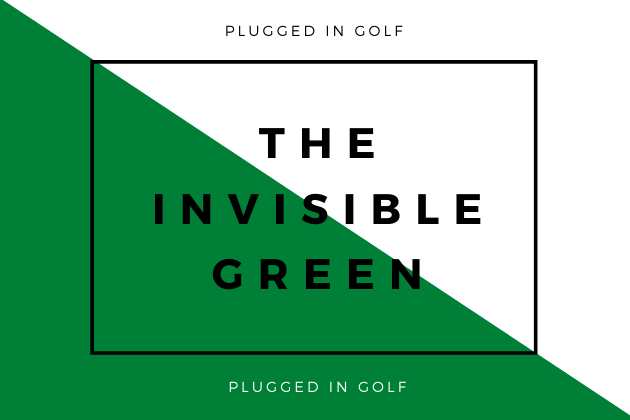
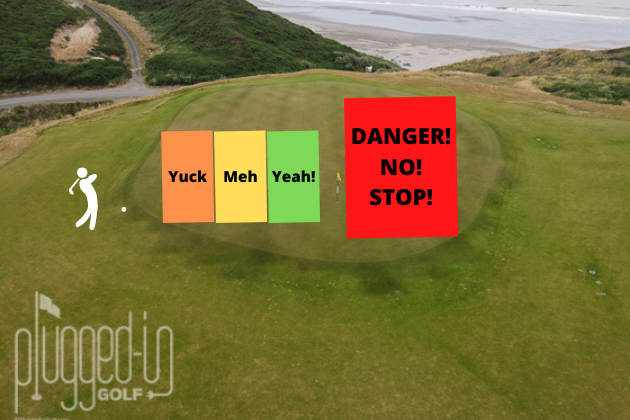
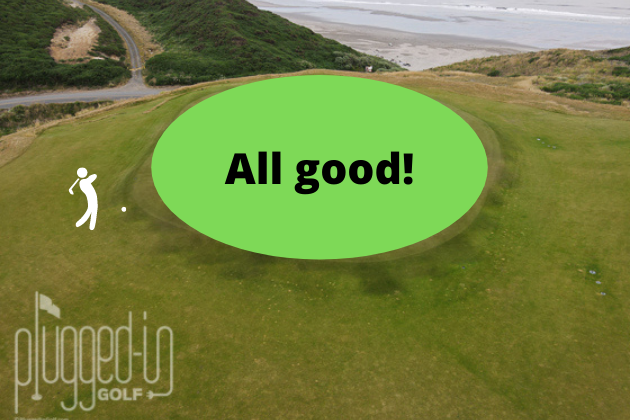
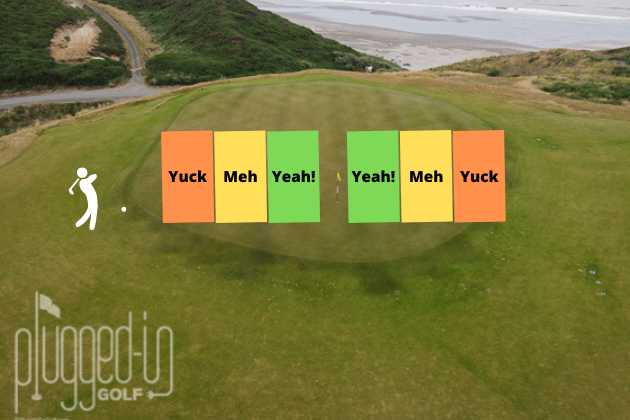

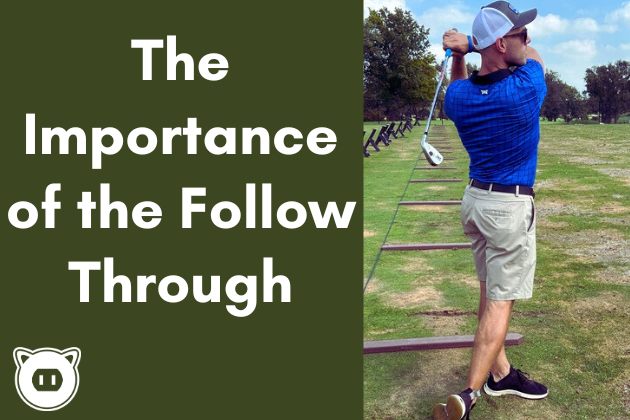
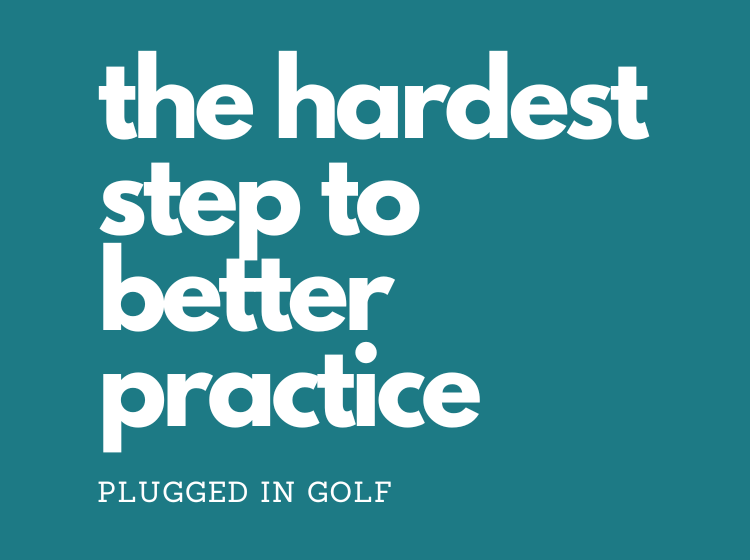









One Comment
Great article, Matt. And perfect timing. I’m a 6 handicap and working to drive it lower this year. One big “ah ha” moment was when I recently got Arccos. It is showing me that my “short game” performance from 0-25 yards is that of a 10 handicap but that my performance from 25-50 yards is that of a +4! I can see, clearly in the data, that I get closer from 25-50 yards than I do from 0-25 and I think the reason is exactly what you are describing here. The closer I am, the more aggressive I THINK I should be (aim at the flag, get it close, etc.), whereas when I’m in that 25-50 yard range, my #1 goal is to just get it on the green. By chance, luck, or skill I end up getting it closer more often from that range! Really good stuff.